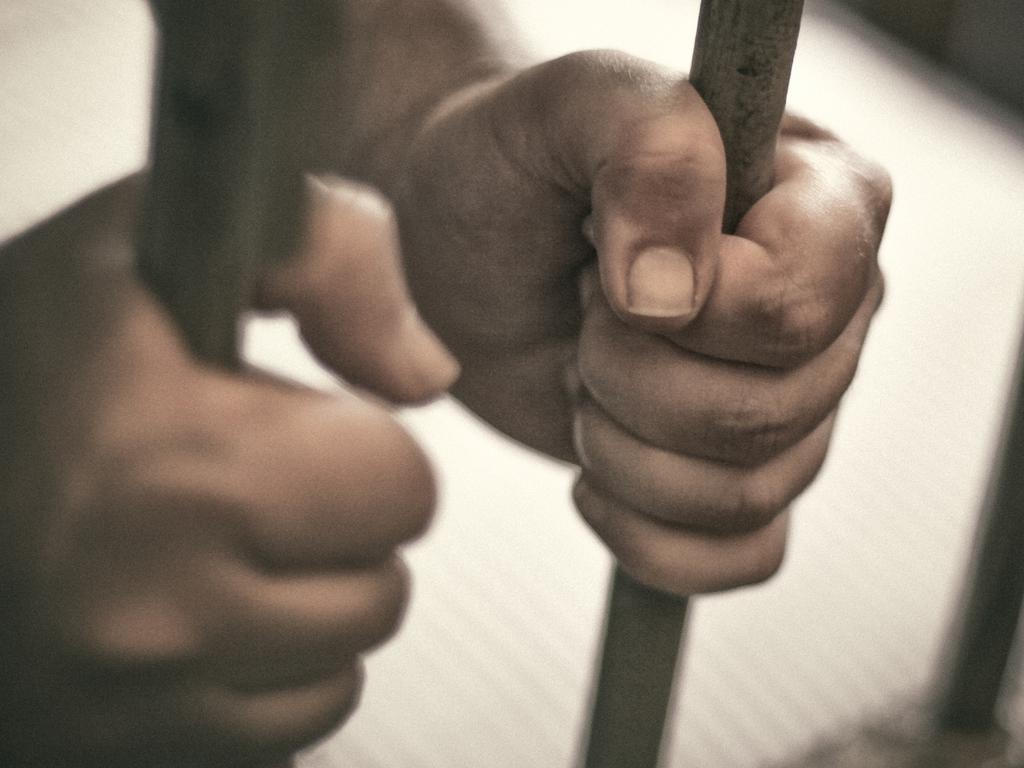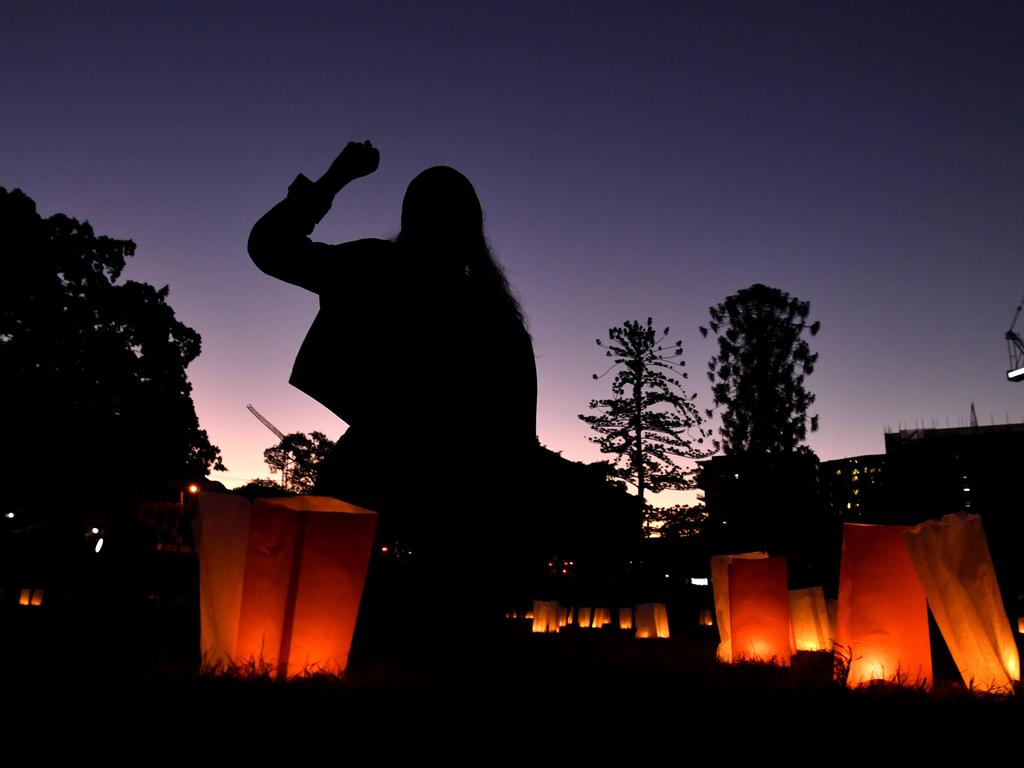Major justice reform: push to lift age bar on crime
The age of criminal responsibility will rise from 10 to 12 under a proposal gaining support among Australia’s attorneys-general.

The age of criminal responsibility will rise from 10 to 12 under a proposal gaining support among Australia’s attorneys-general, one of the most substantial justice reforms in decades.
The growing consensus among states to adopt the change — revealed on the 30th anniversary of the Royal Commission into Aboriginal Deaths in Custody report on Thursday — is part of a move to lower Indigenous incarceration rates, particular among youth.
A draft report commissioned by a meeting of attorneys-general in July last year has recommended that all governments raise the age of criminal responsibility to 14 years.
The report, which has yet to be publicly released, offers an alternative in raising the age to 14 with exceptions for serious crimes.
It also recommends — if neither of those two options is agreed to — that the age threshold be raised to 12 with the minimum age of detention fixed at 14.
Senior government sources say the majority of state attorneys-general are poised to lift the minimum age to 12, before later consideration of raising it to 14.
They are in agreement that there must be viable alternatives to detention that help the youngest offenders change their behaviour and get on the right path, said sources speaking on condition of anonymity.
Christian Porter, the former federal attorney-general, opposed any change to the age of criminal responsibility at the meeting last year, they said. Michaelia Cash, who succeeded Mr Porter in March, said on Wednesday: “Ultimately, it will be a decision for each jurisdiction whether to raise the minimum age.”
In March, the Council of Attorneys-General requested more work be done on support services and diversionary programs for young offenders who escape prosecution.
The Australian Law Council and prominent Indigenous organisations are among those calling for an increase in the age of criminal responsibility.
Australia’s first Indigenous doctor, psychiatrist Helen Milroy, said there was ample evidence that children in juvenile detention were far more likely to have lived through trauma such as maltreatment as a child. Their trauma went undiagnosed and untreated in detention, an environment that invariably retraumatised them.
“So we are locking up traumatised children because we failed to intervene in early life,” Professor Milroy said. “We didn’t give them the services they required to get on track so when they acted out, and acted up, we locked them up.”
The Indigenous incarceration rate in Australia has climbed steadily since 1991, when the royal commission described it as “grossly disproportionate”. The proportion of Australian adult prisoners who are Indigenous has climbed from 14 per cent in 1991 to 29.6 per cent in the three decades since the commission.
While about 6 per cent of Australians aged up to 17 years are Indigenous, Aboriginal and Torres Strait Islander children and youth make up 54 per cent of all juvenile detainees.
The push to raise the age of criminal responsibility is seen as an important step to reduce alarming rates of Indigenous incarceration in the long term. In the short term, it would help states meet their commitment in the new national agreement on Closing the Gap to reduce the number of Indigenous juveniles in detention by 30 per cent by 2039.
The Australian has learned that while Victoria was open to lifting the age of criminal responsibility from 10 to 14, Queensland and Western Australia preferred to begin with 12 as the new limit to give the states time to establish the right alternatives to detention for the youngest offenders.
West Australian Attorney-General John Quigley, who is leading the reform process, declined to pre-empt the recommendations but said: “It is imperative that we try and divert young people from the criminal justice system where possible.
“The younger you incarcerate them, the more damage, the more irreversible damage will be done, and they are far more likely they are to be incarcerated as adults. It’s very important that you have, throughout Australia, the right supports for young people who are coming from disadvantaged families.”
His NSW counterpart, Mark Speakman, said: “The government looks forward to considering the final report of the working group.”
A 2018 review on youth justice by former Queensland Police commissioner Bob Atkinson recommended the age be raised to 12 as part of a uniform move across Australia and only after an “impact analysis” was conducted and diversionary programs were increased.
In his report, Mr Atkinson said 35 per cent of children with convictions in Queensland were between 10 and 14 years in 2016-17, the highest rate in Australia. The proportion for other jurisdictions ranged from 13 per cent in Victoria to 27 per cent in the Northern Territory.
A spokeswoman for Queensland Attorney-General Shannon Fentiman said the government had no plans to raise the age but was monitoring the work being conducted. “The government will continue to monitor outcomes by the commonwealth and states on this,” the spokeswoman said.
The Northern Territory has already accepted a recommendation made by the 2017 royal commission into the Don Dale juvenile detention centre to raise the minimum age to 12, although this has not yet occurred.
Law Council president Jacoba Brasch QC said the minimum age should be raised to at least 14 as part of a “comprehensive national response to address the vastly disproportionate imprisonment” of Indigenous Australians across the country.







To join the conversation, please log in. Don't have an account? Register
Join the conversation, you are commenting as Logout